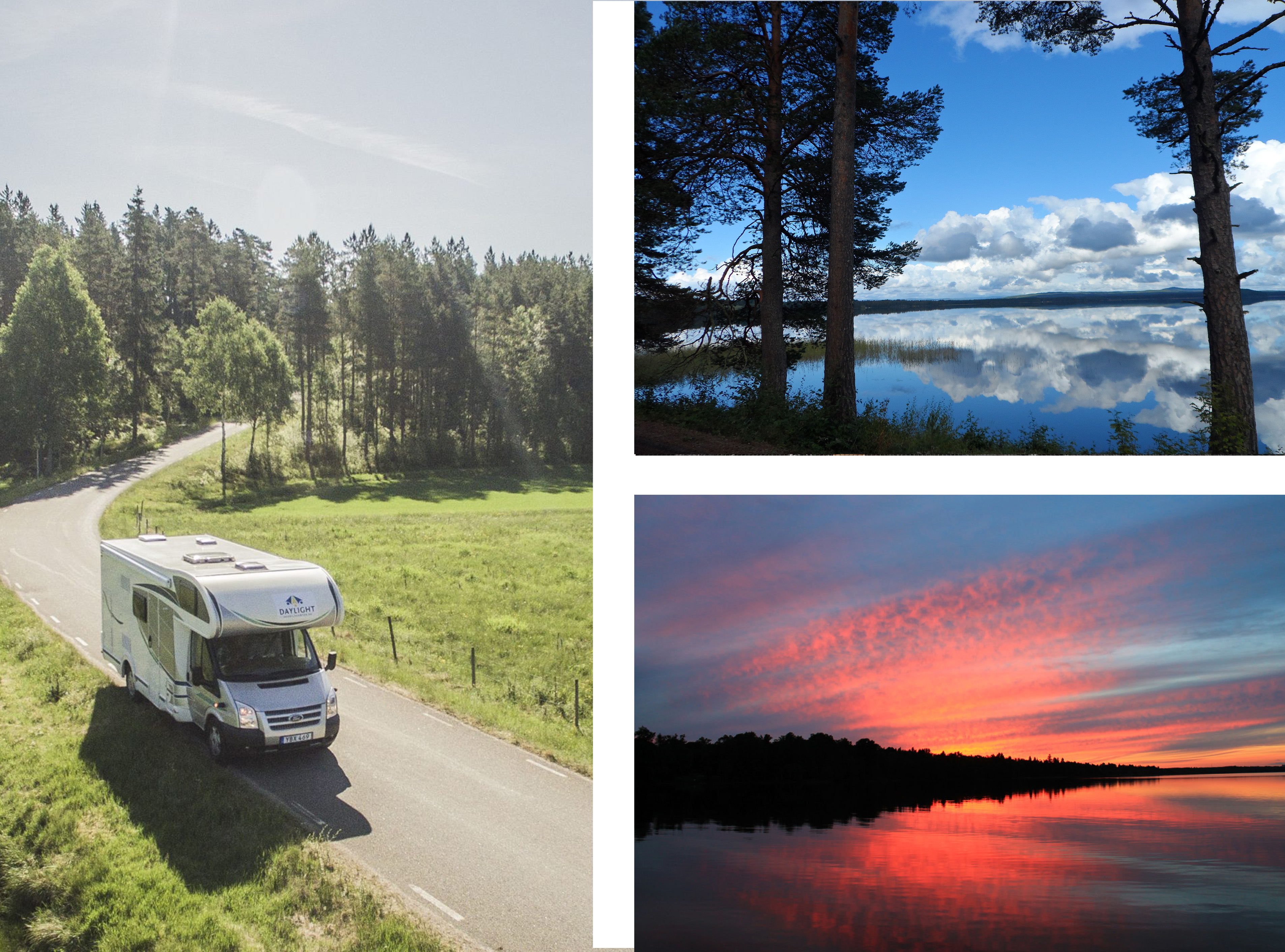Do you want to experience protected nature areas hiking Alicante on your next trip ? There are different levels of protection and it is good to know what you are looking for.
Spain and its nature areas with high value
Spain is, territory wise, a large country in European standards. In fact, is the second largest country in the EU. Increasingly the national and local governments are protecting areas from human exploitation.
For Spain´s tourist industry it is also important that other sectors such as the agriculture succeed in preserving the natural environment. Especially as more and more travelers are looking to Go Nature Trip. Visitors want an active holiday rather than staying idle on a beach.
The protected natural areas including continental waters and maritime waters. The protected areas has a high value for the biodiversity wildlife and the environment. Very often these are these protected landscapes were or are at risk to be damaged of human actions.
- Protected areas have elements of special ecological, scientific, landscape, geological or educational interest.
- Areas of high value contain unique, fragile, threatened natural systems
- Many nature areas promote protection and maintenance of biological diversit and geodiversity
- The protected areas have high a natural and cultural value
- There are 16 national parks (Parques Nacionales)
- 61 protected landscapes (Paisajes protegidos)
- Biosphere reserves ( Reserva biosferas)
- 152 Nature parks (Parques naturales)
- 291 Nature reserves (Reserva Natural)
- 75 RAMSAR
- 53 Biopshere reserves (Reservas de Biósfera)
- 15 Geo parks (Geoparques)
The Natura 2000 and wetlands in Souther Alicante
The Natura 2000 network is a European network of protected areas established under the European Union’s Habitats Directive and Birds Directive. The aim is to ensure the survival of Europe’s most important and threatened species and habitats. The Natura 2000 network in Spain protect a wide range of habitats. In addition, it include wetlands, coastal dunes, forests, grasslands, and mountain areas. In la Vega Baja there is a propotionally large number of wetlands . As you can see when you drive around it is a e region that consist of a salt lakes and lagunes.

Salinas de Santa Pola
This is a large site with salt lakes and marshes separated from the sea by sand dunes and beache. The site is hosting an important number of wetland plant and animal species that are threatened and or are endemic.
EL Hondo
Close to the town of Elche you will find El Hondo. Today it is a very natural wetland hosting hundreds of different species of national interest, such as waterbirds.
Lagunas de La Mata y Torrevieja
The wetland comprises two lagoons, only separated by a strip of land. the Torrevieja lagoon has been a salt pan since the 13th century. However, the Mata lagoon has no salt production as it regularly receives fresh water from nearby mountains. Here you can find diverse fauna and flora, that include several endemic and threatened species
Mar Menor
The Mar Menor is the largest lagoon on the Spanish Mediterranean coast. The habitats include islands, beaches, salt pans, saltmarshes, and dune systems.
This protected natural area includes the wetlands associated with the Mar Menor lagoon (La Hita, Carmolí, Lo Poyo, Marchamalo and Amoladeras), its islands (Perdiguera, Barón, Ciervo, Redonda and Sujeto) and the headlands of Carmolí , San Ginés and Sabinar.
This area has suffered some pretty huge environmental issues over the years. One example is the poor control over building projects. However, environmentalist are nowadays working to protect and conserve nature area of high value that are left
Why writing about Spain?
I live in Sweden but travel a lot to Spain, mainly in Alicante. I have a villa in Southern Alicante but I try increasingly to discover nature areas in the area of Alicante, Southern Valencia and Murcia.




